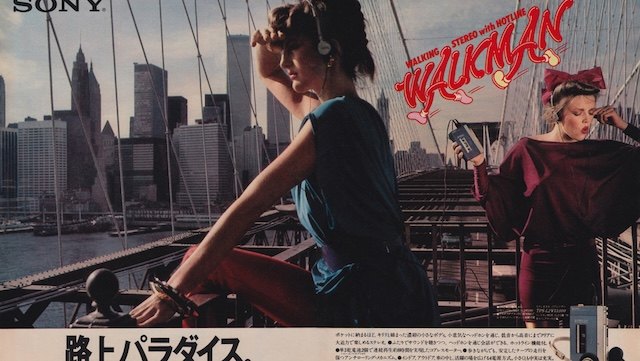The Sony Walkman, an iconic device that revolutionized the way we listen to music on the go, holds a special place in the annals of tech history. This article explores ten intriguing facts about the Walkman, tracing its journey from unexpected origins to becoming a cultural phenomenon. Whether you’re a longtime fan or just discovering the magic of the Walkman, prepare to embark on a nostalgic trip down memory lane.

The Birth of the Walkman: An Opera Lover’s Dream
It all began with a love for opera. One of Sony’s co-founders desired a portable music device to enjoy his favorite operas while flying across the Pacific. The initial prototypes had their quirks—imagine packing blank tapes instead of your beloved music! However, these hitches were merely stepping stones that led to the creation of an innovative product that would soon take the world by storm.
Sony: A Name Synonymous with Sound
The name “Sony” derives from ‘sonus’, the Latin word for sound, a fitting moniker for a company that would become synonymous with audio innovation. The founders’ selection of the name highlighted their commitment to sound quality and accessibility, principles that would soon be epitomized by the Walkman.
From Pressman to Walkman: Repurposing for Music
Before the Walkman came the Pressman, a tape recorder designed for journalists. By removing the recording features and adding headphones, Sony engineers transformed the Pressman into the first Walkman. This clever adaptation not only recycled an existing technology but also set the stage for a new era in personal audio experiences.
Redemption Through Innovation
The 1970s were challenging for Sony, particularly due to the Betamax setback. The Walkman represented a chance for redemption. Sony’s chairman saw immense potential in a portable stereo cassette player. His vision was soon realized, as the Walkman quickly moved from concept to cultural icon, illustrating the power of innovation in turning around a company’s fortunes.

A Rocky Start Turns Into Global Demand
Despite a lukewarm start, with only 3,000 units sold initially, Sony did not give up on the Walkman. An aggressive marketing strategy that had staff personally introducing pedestrians to the Walkman transformed its fortunes. This hands-on approach ignited a spark that would see the Walkman become a must-have device across the globe.
The Walkman Effect: Changing Social Interaction
The term “the Walkman effect,” coined by Professor Shuhei Hosokawa, reflects the shift in urban social behavior prompted by the device. The Walkman enabled people to create their own auditory space, becoming less engaged with their surroundings and more focused on their personal auditory experience. This sociological impact foreshadowed today’s ubiquitous use of personal listening devices.

A Design That Endured Across Decades
Sony’s continual innovation led to over 100 different Walkman models by 1990, each tailored to various needs and lifestyles, including water-resistant and solar-powered versions. Even after the production of the original device ceased in 2010, the Walkman brand lived on through MP3 players and smartphones, cementing its place in the evolution of personal audio technology.
Cultural Resurgence Through Cinema

The Walkman experienced a resurgence in cultural relevance thanks to its appearance in the 2014 Marvel movie “Guardians of the Galaxy.” The film not only brought the Walkman back into public consciousness but also spiked the market value of vintage models, proving that nostalgia for the device remains strong.
The Lasting Impact of the Walkman
From transforming personal music listening to influencing the design of future audio devices, the Walkman’s legacy is profound. Its impact on music, culture, and technology continues to be felt, as it laid the groundwork for the portable listening devices we use today. The Sony Walkman did more than just play music; it changed how we interact with the world.

Exploring the Walkman’s Journey: A Reflection on Its Impact
The story of the Walkman is not just about a device but about how technology can influence music, culture, and social habits. It highlights the importance of innovation and adaptability, proving that even the simplest changes can lead to significant cultural shifts. As we reflect on the Walkman’s journey, it remains a symbol of creativity and change, inspiring future generations to think differently about the technology they carry in their pockets.


